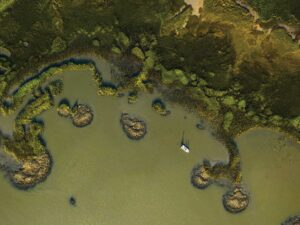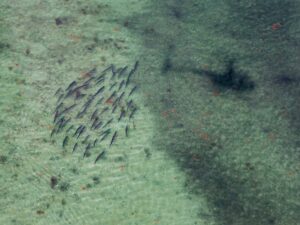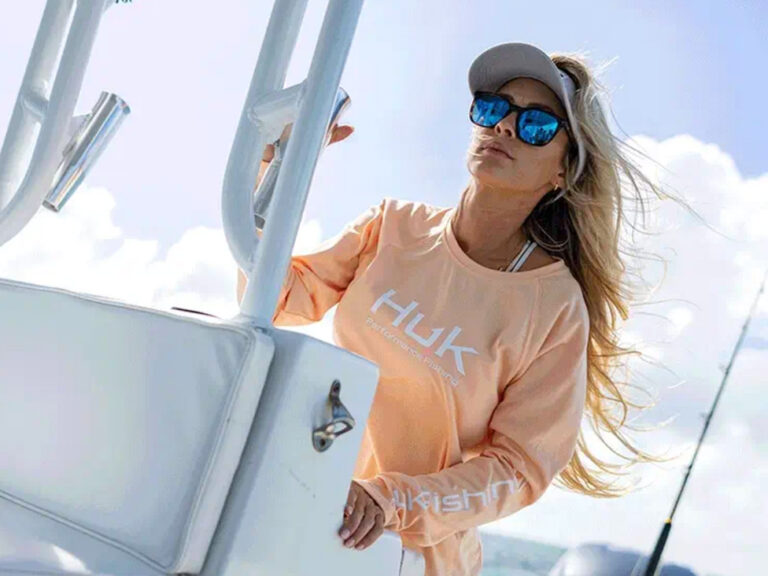
space coast cobia
Snap! My line went slack as the 7-foot travel rod shattered from the pressure of the cobia’s last effort to duck under the boat, the fish fast and strong in its final run for freedom. As I watched the rod tip sink into the water, along with my hopes of a solid cobia in the fish box, Capt. Glyn Austin of Going Coastal Charters slid the net under the thrashing fish. A full 40 pounds of big, brown leviathan surfaced when Austin lifted the net. “Cobia in the box!” he shouted. High-fives and some hootin’ and hollerin’ broke the sunny, sultry 95-degree silence, and I no longer cared about my broken rod as I grabbed another from Austin’s quiver, getting back to business to catch and release another 14 cobia in a half-day’s affair.
Cobia Cruising
Sebastian Inlet, Florida, is where Salt Water Sportsman digital content director Mark MacKenzie and I met Austin in early March to jump on the cobia fishing train, where the schools migrate off Florida’s Space Coast from north of Sebastian Inlet, off Cape Canaveral’s shores, to Ponce Inlet. When water temperatures hit the magic 69-degree mark, cobia begin to hound the mullet and pogy schools, and migrating cobia stick tight to the area so long as the water stays in the mid-70-degree range. Once the waters get too warm, some cobia migrate to more northerly climes, though others go for deeper water and hunker down for summer in the cooler waters off nearshore wrecks in the one- to six-mile range. Cobia fishing starts out as a run-and-gun affair in the spring and settles into a ground-and-pound event as the summer heat moves in. “Canaveral’s cobia run is world-class,” states Austin. “Though many fish are in the 20- to 30-pound class, there are always regular catches of fish pushing past the 70-pound mark here.”
Rays of Hope
Monstrous manta rays school up in packs of two to three to enjoy the warming water temperatures this time of year, and cobia tend to swim underneath them. Any single manta may have up to 15 brown beauties gliding underneath. This is sight-casting opportunity at its finest, and it sets the show for some spectacular fishing, as you can cast topwater lures, subsurface plastics and bucktails to the fish as the rays glide past. But why are manta rays so attractive to cobia? “The rays’ huge wingspan stirs up the shallow bottom, and baitfish follow the mantas primarily for cover,” says Austin. “Cobia find an easy food source, as the stirred bottom allows the cobia to ambush prey. Polarized sunglasses and a high vantage point on a vessel allow captains and anglers to spot the big, black backs of the manta rays 1.”
The first step in fishing under the large rays is to stay on them, and that means paying attention to where they are heading. “Watch which direction the rays are swimming, get a compass heading and follow them. They will continue on that same lumbering path,” says Austin. “This way you can always be ahead of them, and if you happen to lose sight of them as they sound, you can make an educated guess as to where they will pop up next.” To sight-cast with subsurface plugs, cast a long way away so as not to scare the rays and push them down. Land the lure 10 to 20 yards away from them, and cast across the nose of a ray 2, timing the retrieve to intercept the nose of the ray as it passes, inciting a cobia to come from underneath to hammer the plug. “If you see the cobia hanging off the wingtips of the ray, make your cast about five yards off the tips for an immediate response 3,” says Austin. “You can pull them off the rays easier if they are hanging on the tips.” When a ray sounds, break out a 2- to 3-ounce bucktail tipped with a 7-inch Hogy plastic or live eel, and let the bucktail sink to the cobia. Cast the bucktail, give it a five-count and then, using long sweeping motions, jig the lure upward to bring up the cobia.
Wrecking Crew
If no rays are showing, the next option is to go deeper and do a little wreck hunting to find the brown bombers. Cobia gravitate to wrecks later in the spring to feed on assorted wreck baitfish, and roving cobia will stick to structure to fatten up. “Drifting over a wreck can be a prosperous affair to find cobia that are stacked up on the structure,” says Austin. “While migrating fish may have moved north by late May, June and July fishing will revolve around the wrecks in 30- to 60-foot depths.”
Our crew stationed on a wreck four miles off Sebastian Inlet, and we proceeded to drop down live pogies on fish-finder rigs, drifting over the wreck time and time again. On our first pass, MacKenzie dropped his rig to the bottom, reeled up five cranks above the wreck and doubled over with a brown battler. Austin was next, and he made it a doubleheader and hooked up before MacKenzie could get his boat-side. A tight drag is key to pulling the fish away from a wreck, as they will scramble for cover and inevitably snag you in the structure. Once they see the boat, cobia will put the fight back in the battle, going on sustained, hard-charging runs, and you need patience, along with a solid hook-set, to ensure victory. Be vigilant, and have the net or gaff man at the ready to stick or scoop the cobia when the opportunity arises, lest you be shocked at how adept it is at evading your efforts. Don’t get antsy, keep a moderate drag once you pull one away from a wreck, and expect it to make a few potentially line-snapping dashes before you get a final shot with the gaff or net.
The Fat Lady Sings
When the cobia run is on, the fat lady has to take a back seat and hold on to her vocal cords until late June, as until then, cobia fishing maintains a hard-core run-and-gun style, filled with crash-and-dash excitement entailing wrist-wrenching and rod-breaking battles. So long as textbook sunny days and light offshore winds keep the seas calm and clear in the springtime, Space Coast cobia are easy to spot and target the whole season long, even through the summer, and it’s only a matter of time before you’re in the front row of this seriously addictive brown-clown circus.
Trip Planner
Rods: Medium- to heavy-action 7-foot conventional rods for live-baiting, spinning rods for sight-casting.
Reels: Shimano Torium 20 reels or equivalent, Penn 6500SS spinning reels or equivalent.
Lines: 30- to 50-pound braided line with top shot of 40- to 50-pound fluorocarbon leader attached via an Albright knot.
Lures: 2- to 3-ounce Spro or Williamson Lures Banjo Eye bucktails in pink or chartreuse tipped with pink or white Hogy 7-inch plastics; topwater plugs like Rapala X-Rap Walk.
Baits: Live menhaden, croakers or mullet for live-lining on size 6/0 Gama-katsu or VMC 7385 circle hooks.
What: Cobia.
When: Peaks March through May, continues through summertime.
Where:__ On the grounds off Florida’s east coast, spanning the beachfront to 15 miles off, Melbourne Beach up through Cape Can-averal’s NASA grounds and New Smyrna Beach.
Who:
Capt. Glyn Austin
Going Coastal Charters
321-863-8085
www.captainglynaustin.com
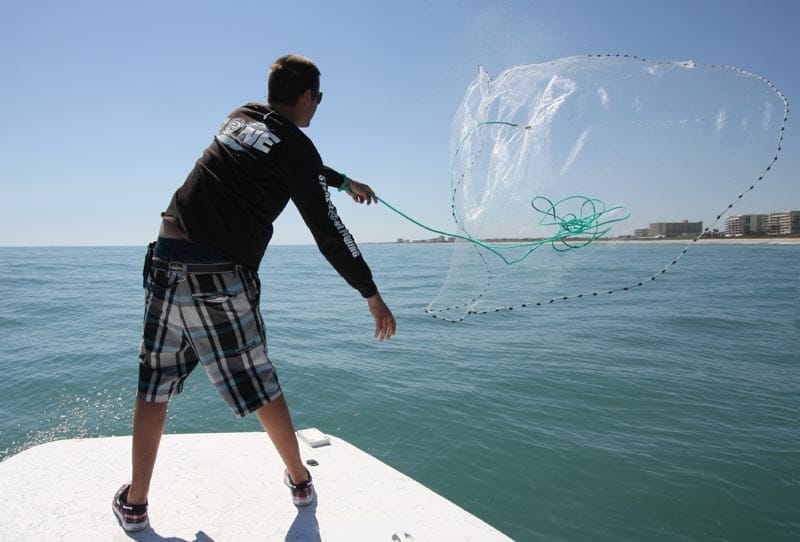
Space Coast Cobia

Space Coast Cobia

Space Coast Cobia
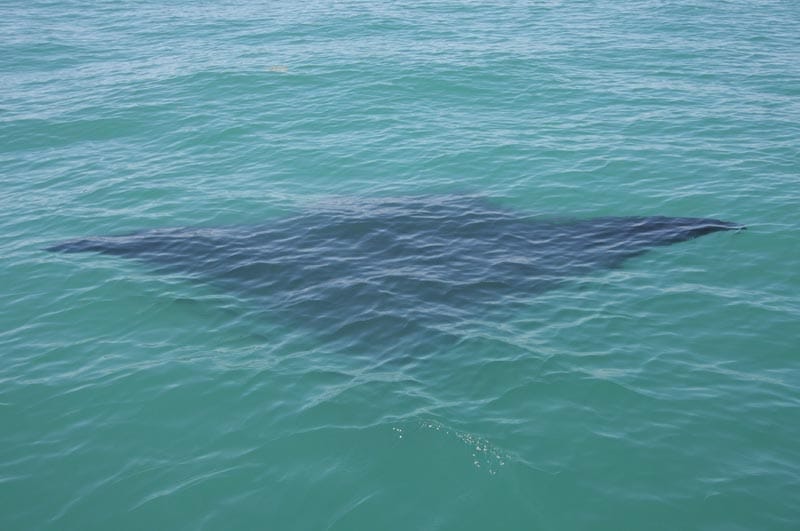
Space Coast Cobia

Space Coast Cobia

Space Coast Cobia

Space Coast Cobia

Space Coast Cobia

Space Coast Cobia
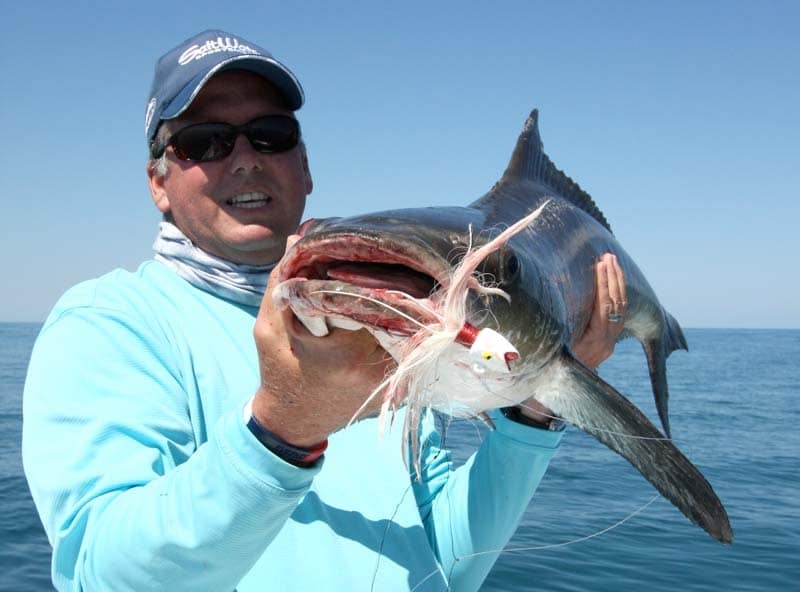
Space Coast Cobia

Space Coast Cobia

Space Coast Cobia



